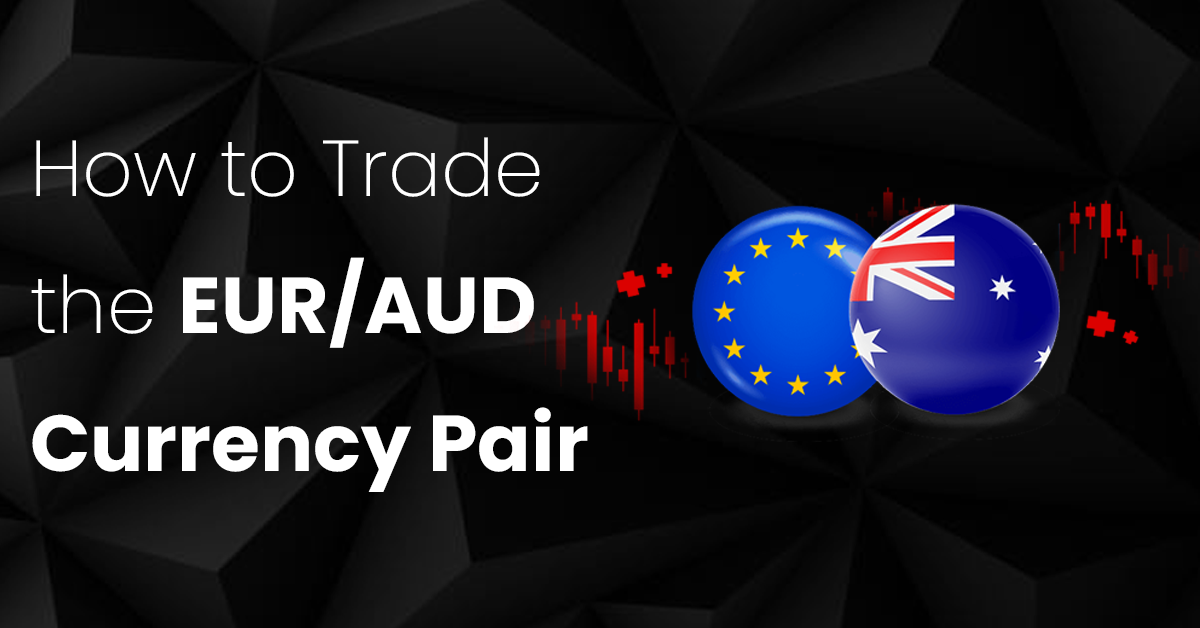How to Trade the EUR/AUD Currency Pair
Did you know that the European Union (EU) is Australia’s second-largest trading partner? Trade between the two has grown to nearly €50 billion in goods and close to €30 billion in services. This strong trade relationship influences the EUR/AUD exchange rate, which presents significant opportunities for traders. Below, we’ll explore how to trade the EUR/AUD currency pair and the tools used for analysis.
Understanding the EUR/AUD Exchange Rate
The EUR/AUD exchange rate indicates how many Australian dollars (AUD) are needed to purchase 1 euro (EUR). For instance, if the exchange rate is 1.5500, it means 1 EUR can buy 1.55 AUD.
Currency prices fluctuate 24 hours a day, five days a week. Traders try to predict the direction of these price movements using various tools like technical analysis, fundamental analysis, sentiment, and correlation.
Financial products such as Contracts for Difference (CFDs) enable traders to speculate on the price movements of currency pairs like EUR/AUD, allowing them to benefit from both rising and falling prices.
EUR/AUD Forecast & Analysis
One of the most significant trends in the EUR/AUD exchange rate occurred during the 2008 financial crisis, where it peaked at 2.1126 before dropping to 1.1603 by mid-2012. From 2014 to 2022, the pair largely traded between two key levels of support (1.3827) and resistance (1.6597).
In February 2020, EUR/AUD briefly broke above this range, but after a sharp rise, the price fell back into the range. Shorter timeframes have shown smaller trends within this longer-term range, which traders can capitalize on.
EUR/AUD often exhibits strong trending behavior as well as periods of consolidation, offering traders opportunities to apply different strategies.
Key Influences on the EUR/AUD Price
Several factors can affect the EUR/AUD exchange rate:
- Economic Data: Reports such as inflation numbers, GDP growth, and employment figures.
- Interest Rates: Central bank policies from both the European Central Bank (ECB) and the Reserve Bank of Australia (RBA) heavily influence the currency pair. For example, in 2022, while both banks raised interest rates, the ECB’s larger rate hikes led to a stronger EUR/AUD.
EUR/AUD Analytical Techniques
To analyze and forecast EUR/AUD price movements, traders often rely on two primary methods:
- Technical Analysis
Technical analysis involves studying price patterns and trends using tools like chart patterns, candlesticks, and forex indicators. Traders use platforms like MetaTrader 5 to access technical indicators. Xtrememarkets’ MetaTrader Supreme Edition also offers advanced sentiment and correlation indicators for more in-depth analysis.
For beginners, it’s recommended to start with a demo account to practice using technical analysis tools before trading with real capital.
- Fundamental Analysis
Fundamental analysis focuses on economic data such as inflation, interest rates, and employment figures. These metrics help traders understand the overall health of an economy and how central banks may adjust monetary policy in response. Changes in interest rates, in particular, can lead to significant shifts in the EUR/AUD exchange rate.
For example, if the ECB raises interest rates higher than the RBA, the EUR typically strengthens against the AUD, as investors seek higher returns in the EU.
How to Trade EUR/AUD
Trading EUR/AUD requires a solid understanding of the market and careful analysis. Here’s how you can start:
- Open a Demo Account: A demo account allows you to practice buying and selling EUR/AUD in a risk-free environment, helping you build confidence and test strategies before trading with real money.
- Use Analysis Tools: Utilize technical and fundamental analysis tools to monitor market conditions and identify trading opportunities. Sentiment and correlation indicators can further aid in decision-making.
- Develop a Trading Plan: Based on your analysis, create a trading plan that includes entry and exit points, risk management strategies, and position sizing.
By using a combination of technical and fundamental analysis, and staying informed about economic events in the EU and Australia, traders can make informed decisions when trading EUR/AUD.











